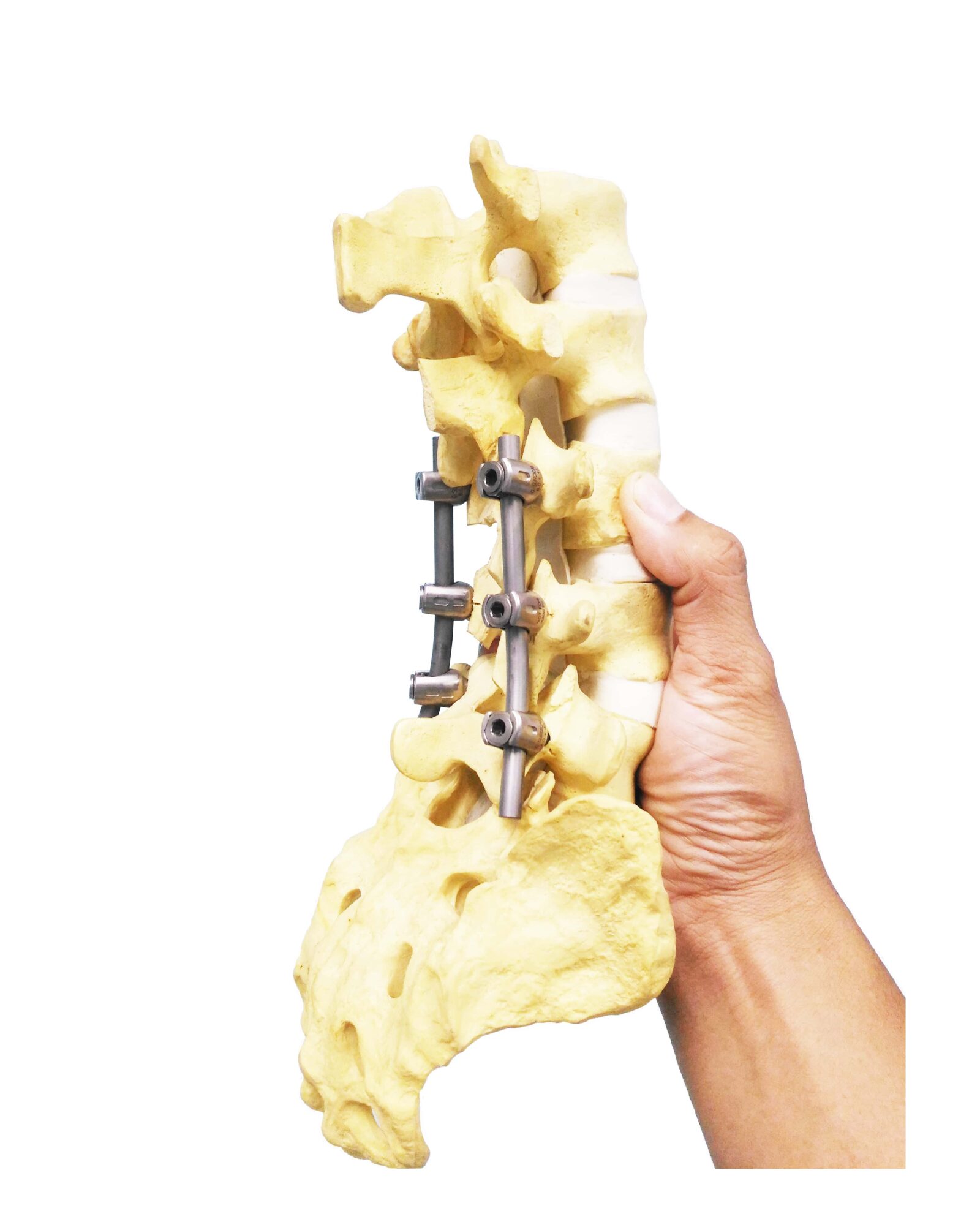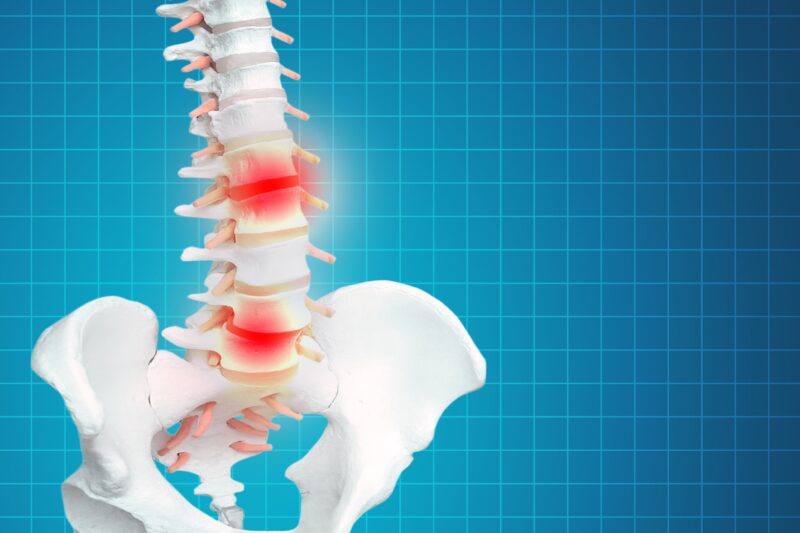When it comes to treating degenerative disc disease, there are a few different surgical options available. Two of the most common surgical procedures are spinal fusion and artificial disc replacement. But which one is best? That all depends on your individual situation. In this blog, we will review degenerative disc disease, as well as look at the pros and cons of each procedure to help you make the best decision for your needs.
What is degenerative disc disease?

Before evaluating the two surgical options for treating this disease, it is important to understand more about the disease itself. Degenerative disc disease (DDD) is a condition that affects the intervertebral discs in the spine. Intervertebral discs are soft, gel-like cushions located between the vertebrae in the spine that help absorb shock and provide support for the spinal column. As a person ages, these discs naturally lose some of their water content, which makes them less flexible and more susceptible to damage. However, in people with DDD, this process occurs more rapidly and severely, resulting in the gradual deterioration of the discs.
DDD can cause a range of symptoms, including back pain, neck pain, and stiffness. In some cases, the condition may lead to nerve compression, which can cause radiating pain, numbness, or weakness in the arms or legs. The severity of symptoms can vary depending on the extent of disc degeneration and the location of the affected discs.
The exact cause of DDD is not always clear, but it’s often related to aging, genetics, and repetitive stress on the spine. Risk factors for DDD include obesity, smoking, poor posture, and occupations that involve heavy lifting or repetitive motion.
Spinal fusion is a surgery that involves joining two or more vertebrae together.

Spinal fusion is a surgery commonly used to treat chronic lower back pain caused by conditions such as degenerative disc disease, vertebral fractures, and spondylolisthesis. During this procedure, the two or more vertebrae are connected with screws, rods, and plates in order to immobilize them. In some cases, bone grafts may also be used to further secure the connection between the vertebrae. The ultimate goal of spinal fusion is to alleviate pain while offering an improved range of motion and maintaining stability of the spine. Though the focus is on stabilizing the spine rather than restoring substantial flexibility, its application has resulted in a significant improvement in quality of life for many patients undergoing the procedure.
The benefits of spinal fusion include reducing pain and improving spinal stability. However, like any surgical procedure, there are risks involved, such as infection, nerve damage, and decreased mobility. Additionally, spinal fusion can cause adjacent discs to wear out faster, which may require further surgery down the line.
Artificial disc replacement is a surgery that replaces a damaged disc with an artificial one.
Artificial disc replacement is a spinal surgery used to alleviate neck and lower back pain caused by degeneration of discs in the spine. This procedure involves replacing the damaged disc with a synthetic one constructed of special durable materials, such as medical-grade metal and plastic. The main benefit of artificial disc replacement is that it offers patients stability and more flexibility than traditional fusion surgeries, allowing them to continue normal activities without reduced range of motion.
The benefits of artificial disc replacement include preserving spinal mobility, reducing pain, and preventing adjacent disc degeneration. However, like spinal fusion, there are risks involved, such as infection, nerve damage, and device failure.
Which is Best?
Here is a table comparing spinal fusion surgery with artificial disc replacement surgery:
| Criteria | Spinal Fusion Surgery | Artificial Disc Replacement Surgery |
| Purpose | To fuse two or more vertebrae together to stabilize the spine and alleviate pain | To replace a damaged or diseased disc with an artificial disc implant to preserve motion and alleviate pain |
| Location | Can be performed in any part of the spine | Can be performed in the cervical or lumbar spine, depending on the location of the damaged disc |
| Surgical approach | Typically involves an incision in the back or side of the spine | Can be performed through a small incision in the front or back of the neck (cervical ADR) or lower back (lumbar ADR) |
| Fusion vs. motion preservation | Fuses two or more vertebrae together, eliminating motion in that part of the spine | Preserves motion in the spine by replacing the damaged disc with an artificial implant |
| Recovery time | Typically requires a longer recovery time than ADR due to the nature of the fusion process | Usually involves a shorter recovery time than fusion surgery |
| Success rate | Can be highly effective in reducing pain and stabilizing the spine, but can lead to adjacent segment disease and other long-term complications | Can be highly effective in reducing pain and preserving motion in the spine, with a lower risk of adjacent segment disease |
| Risks and complications | Can include infection, nerve damage, implant failure, and long-term complications such as adjacent segment disease | Can include infection, implant failure, and nerve damage |
| Candidate suitability | May be suitable for patients with severe spinal instability or deformity, but may not be appropriate for all patients | May be suitable for patients with certain types of disc damage or disease, but may not be appropriate for all patients |
It’s important to note that spinal fusion surgery and artificial disc replacement surgery are both complex procedures that require careful evaluation by a qualified spine surgeon. The best treatment option for each patient will depend on a variety of factors, including the location and severity of the spinal condition, the patient’s age and overall health, and their individual goals for treatment.
When deciding between spinal fusion and artificial disc replacement, several factors need to be considered, such as the severity of the condition, the location of the affected disc, and the patient’s overall health. In general, candidates for artificial disc replacement or spinal fusion have:
- pain in only one or two discs
- no prior major spine surgery
- no spinal deformity
- no significant facet joint disease
- no bony compressions on nerves
- a healthy weight
Although artificial disc replacement is a newer procedure, many spinal surgeons are starting to recommend this procedure because it allows for great postoperative flexibility. However, not all patients will be ideal candidates for ADR. Therefore, the only way to know which procedure is best for you is to consult with a spinal surgeon.
Surgery can be an intimidating prospect for many, so it is important to have all the information possible before making a decision. This often means consulting with your doctor, who can provide valuable insight into which procedure fits you best and presents the most benefits.
In Conclusion
To summarize, spinal fusion and artificial disc replacement are two surgical options for those suffering from back pain caused by conditions such as degenerative disc disease. Ultimately, the decision to choose between spinal fusion and artificial disc replacement should be based on the patient’s specific needs and the advice of a spine specialist. While both procedures aim to alleviate back pain and improve spinal health, each has its own benefits and risks. By working with a specialist, you can make an informed decision on which treatment option is best for you, and hopefully, get back to a life free of chronic back pain.










